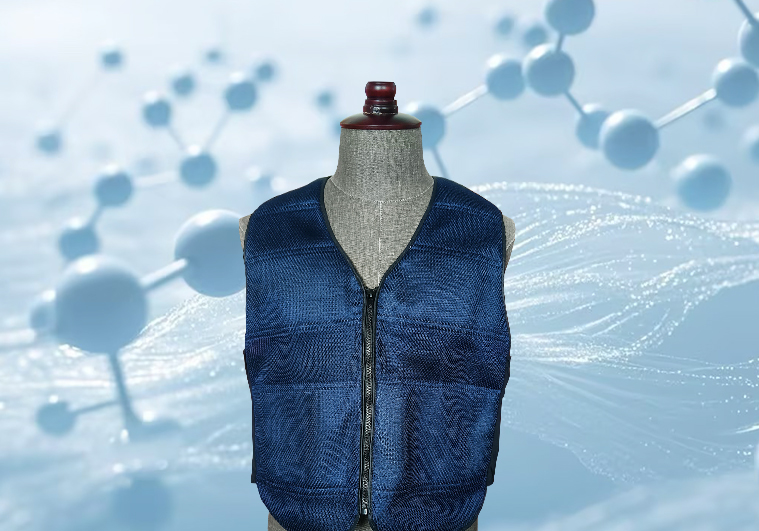With the arrival of summer, high temperatures have become increasingly frequent ...
LEARN MORE
As global temperatures soar and extreme heat becomes more common, staying cool outdoors is more than just a matter of comfort—it's a matter of health and performance. Among the most innovative solutions emerging in the field of personal thermal management is evaporative cooling clothing. But what truly sets this type of clothing apart is not fancy technology or electronics—it's the application of a timeless, natural principle: evaporative cooling.
In this article, we take a closer look at how evaporative cooling clothing works, exploring the precise scientific mechanism that powers it.

At the core of evaporative cooling clothing is a simple yet powerful natural process: evaporation.
When water changes from liquid to vapor, it requires heat energy. That heat is drawn from the surface where the evaporation occurs—whether it's your skin, wet fabric, or any other moist surface. As this heat leaves the surface, it creates a cooling effect. This principle has been used for centuries—animals pant, humans sweat, and early desert dwellers used wet cloths in breezes to cool down.
Evaporative cooling clothing takes this age-old principle and turns it into wearable science.
Evaporative cooling clothing is typically constructed with a multi-layer fabric system:
Inner Layer: Designed to remain dry and comfortable against the skin.
Middle Layer: Engineered to retain water without soaking through.
Outer Layer: Allows the stored water to evaporate efficiently into the surrounding air.
When soaked in water and worn, the middle layer absorbs and retains moisture. As air flows over the outer surface, the water begins to evaporate, and in doing so, it pulls heat away from the body. The result? A noticeable drop in body surface temperature.
Evaporative cooling works best in hot and dry environments, where the air has more capacity to absorb moisture. The lower the humidity, the faster and more effectively evaporation occurs. This makes evaporative cooling clothing particularly suited for:
Desert environments
Construction sites under the sun
Warehouses without climate control
In contrast, high humidity environments slow down evaporation, reducing cooling efficiency. Yet, advanced materials continue to push the boundaries of how effective this method can be even in less ideal conditions.
While the principle is natural, the execution depends on modern textile engineering. Manufacturers such as Suzhou SenJoy Cooling Clothing Garment Co., Ltd. focus on developing fabrics that:
Hold moisture without becoming heavy
Promote steady, controlled evaporation
Remain breathable to allow airflow
Resist mold and bacteria growth from repeated dampening
By combining moisture management with breathability and comfort, these garments are optimized to maximize the evaporation rate while minimizing discomfort.